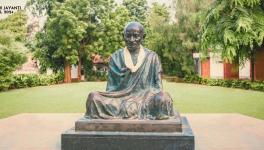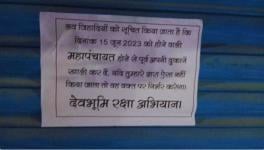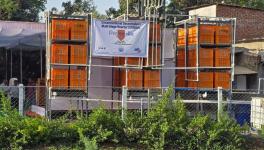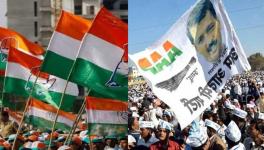Sex Ratio At Birth Deteriorated Most In Gujarat: NITI Aayog
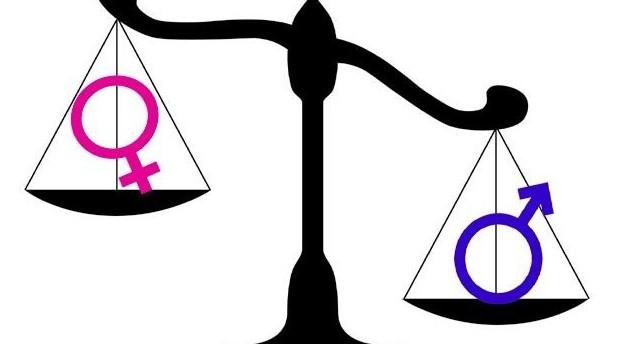
Never mind the much-mythologised “Gujarat model” of development — the state has seen the sharpest decline in the sex ratio at birth (SRB) in the country, according to the NITI Aayog’s health index report “Healthy States, Progressive India”.
The report not only ranks 21 large states on the overall health performance, but also records the state-wise performance of the states on individual health indicators.
The sex ratio at birth — or the number of girls born for every 1000 boys during a specific year — was recorded for the period between 2012-14 (base year) and 2013-15 (reference year).
The SRB “is an important indicator and reflects the extent to which there is reduction in the number of girl children born by sex-selective abortions,” as the report says.
Gujarat topped the ‘most deteriorated’ category — states that had the most alarming decrease in the SRB. In Gujarat, the sex ratio at birth fell from 907 to 854, a fall of 53 points.

This was followed by Haryana, where the SRB fell from 866 to 831, a fall of 35 points. Rajasthan came in third with a fall of 32 points, from 893 to 861. Next was Uttarakhand, where the SRB fell from 871 to 844, a fall of 27 points.
In fact, 17 out of the 21 states recorded saw a dip in the sex ratio at birth — painting a grim picture of gender justice the country.
Only three states saw an improvement — with Punjab having the most improved sex ratio at birth, from 870 to 889, an improvement of 19 points.
Uttar Pradesh saw an increase of 10 points, from 869 to 879, while Bihar saw an improvement of 9 points, from 907 to 916. In Jammu & Kashmir, the SRB remained stagnant at 899.
Kerala continues to have the highest SRB, even though it saw a fall of 7 points, from 974 to 967, followed by Chhattisgarh that saw a decline of 12 points from 973 to 961.
“There is a clear need for States to effectively implement the Pre-Conception and Pre-Natal Diagnostic Techniques (PCPNDT) Act, 1994 and take appropriate measures to promote the value of the girl child,” the report notes further.
Gujarat’s performance for one, however, should not be surprising.
A 2014 report of India’s Comptroller and Auditor General (CAG) for 2009-2014 showed what a mess the Gujarat government had made of implementing the PCPNDT Act.
The state also has the sixth worst child sex ratio for the 0-6 age group, with only 883 girls for every 1000 boys, as against an average of 927 for the country, according to the 2011 Census.
“The NITI Aayog report is more evidence that the so-called ‘Gujarat Model of development’ has led to an increase in inequity; in this case, gender inequity,” said Dr Amit Sengupta of the Jan Swasthya Abhiyan to Newsclick.
The report also shows that economic prosperity does not necessarily translate into social progressiveness, as evident from the fact that states like Punjab and Haryana, despite having a higher per capita income, have a worse sex ratio than Bihar, for example.
Sengupta agrees, “The results prove once again that social backwardness and poverty are not directly related. Gender justice does not come automatically with economic prosperity.”
Get the latest reports & analysis with people's perspective on Protests, movements & deep analytical videos, discussions of the current affairs in your Telegram app. Subscribe to NewsClick's Telegram channel & get Real-Time updates on stories, as they get published on our website.











